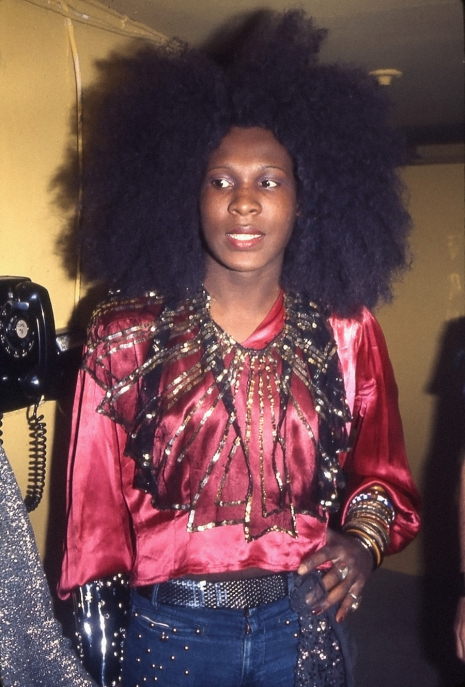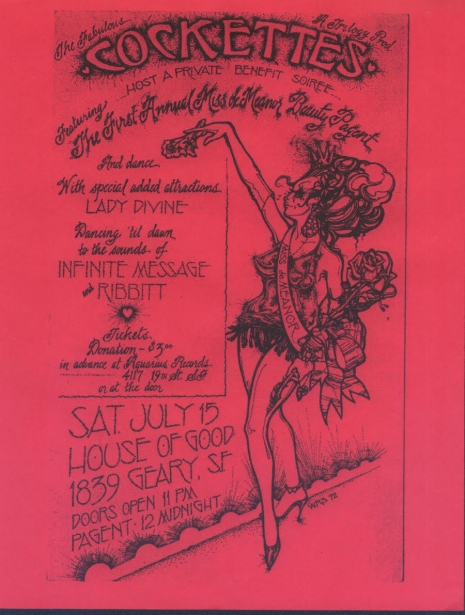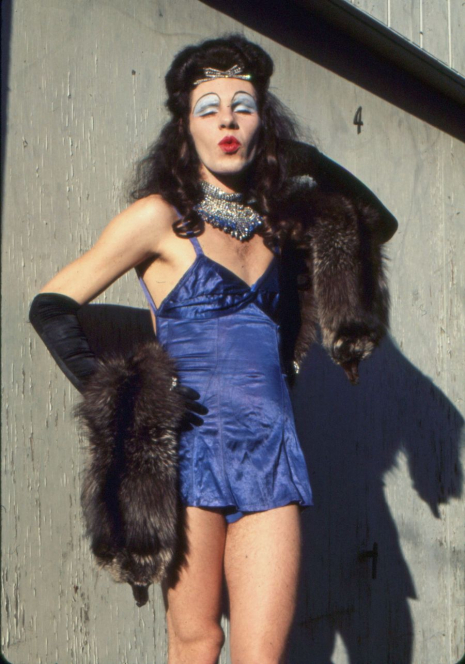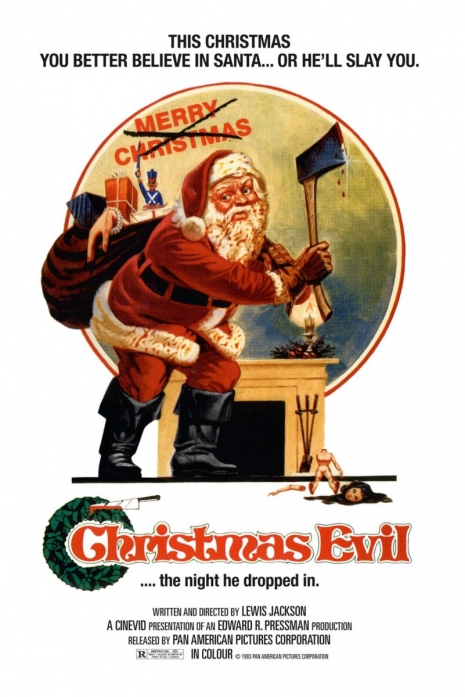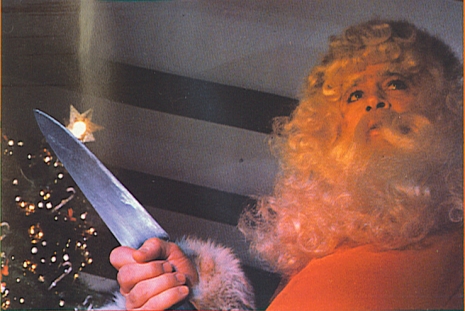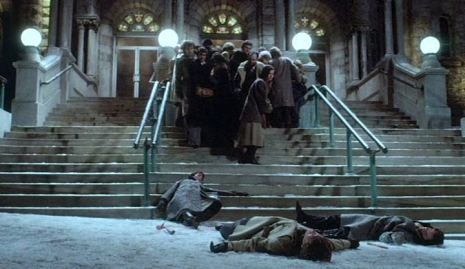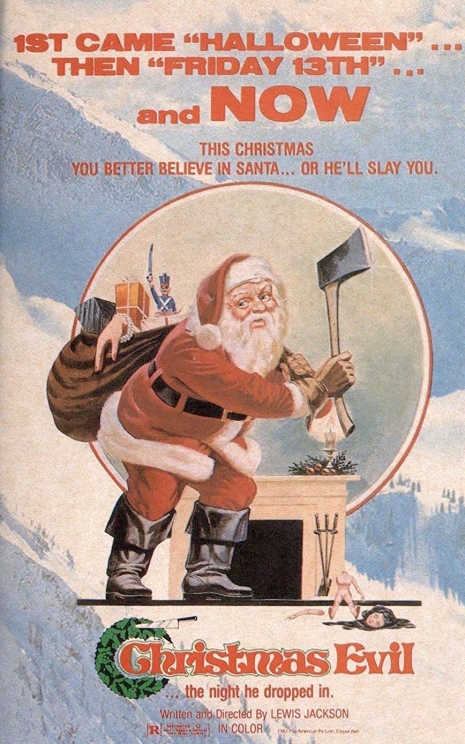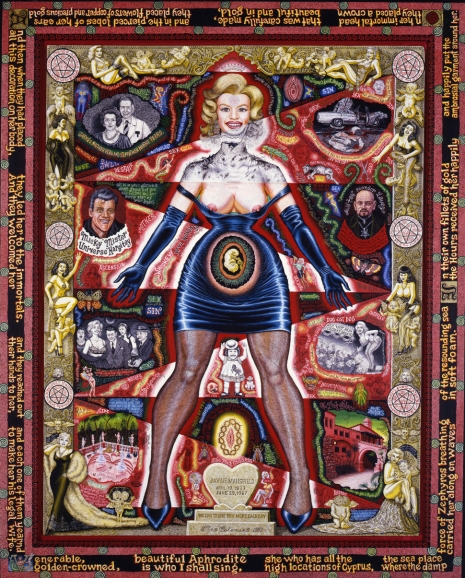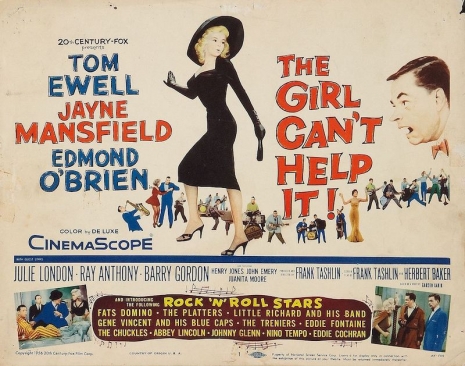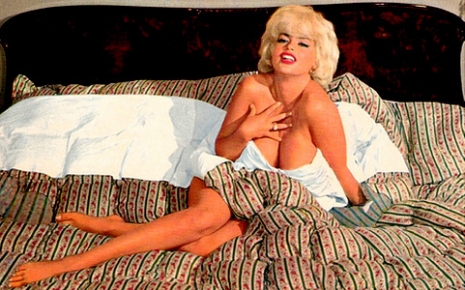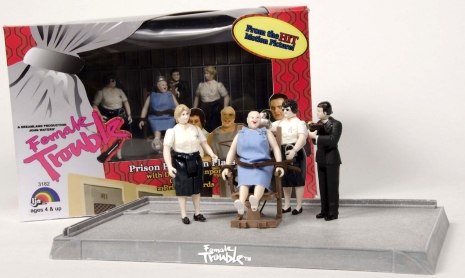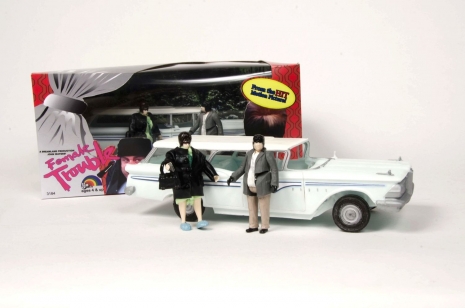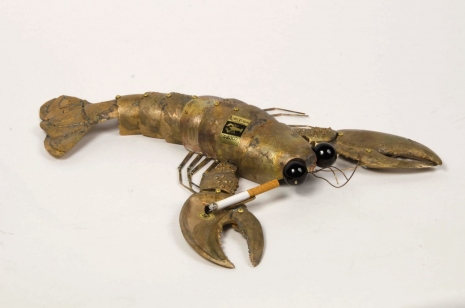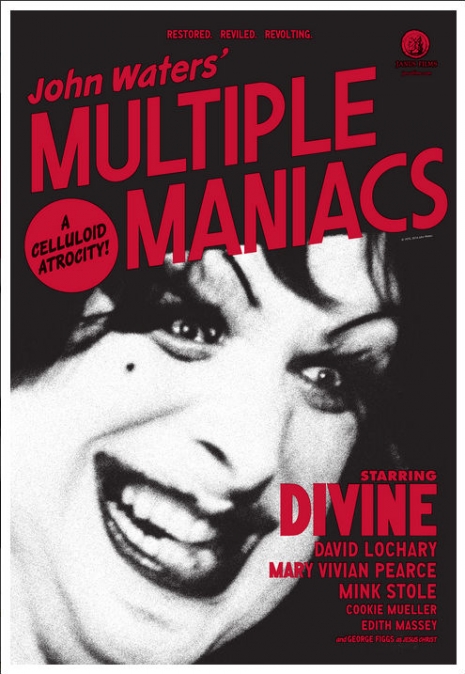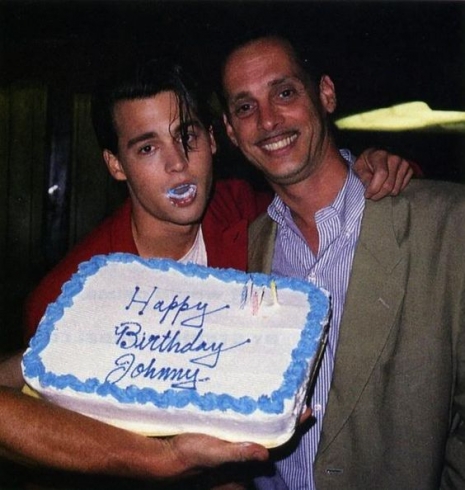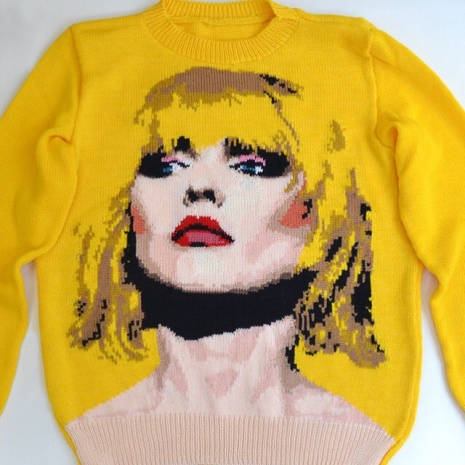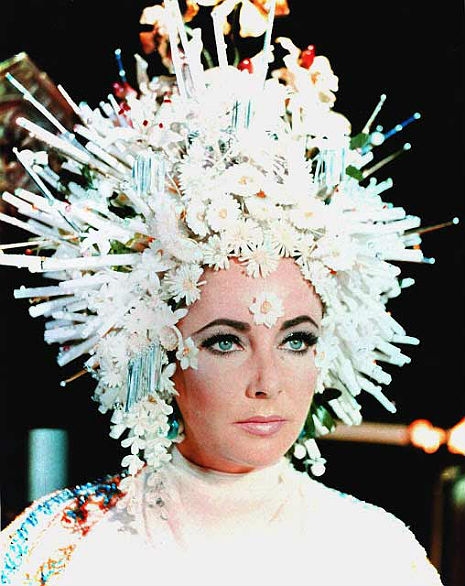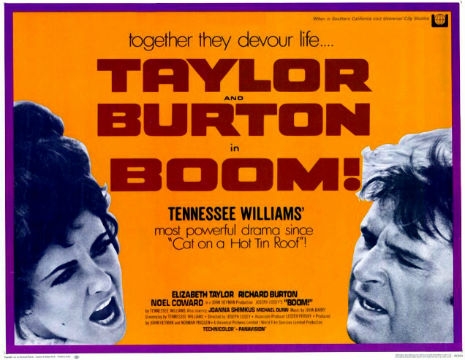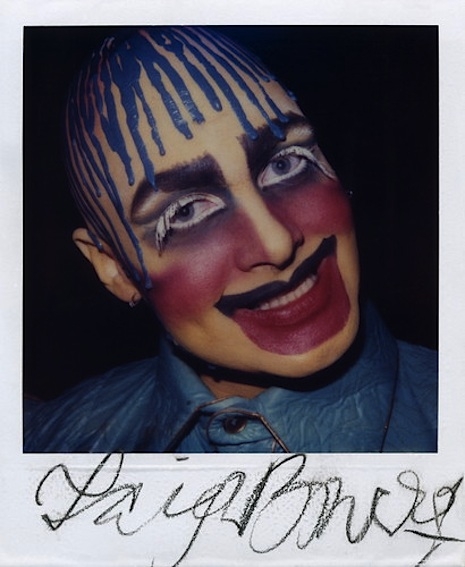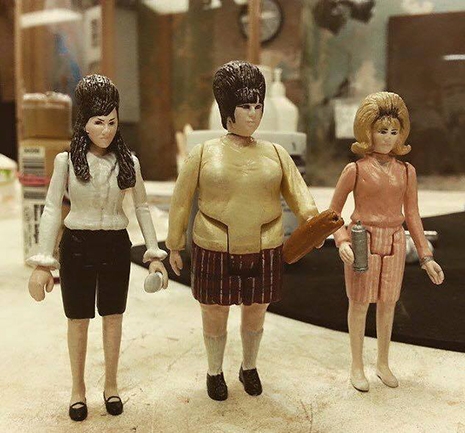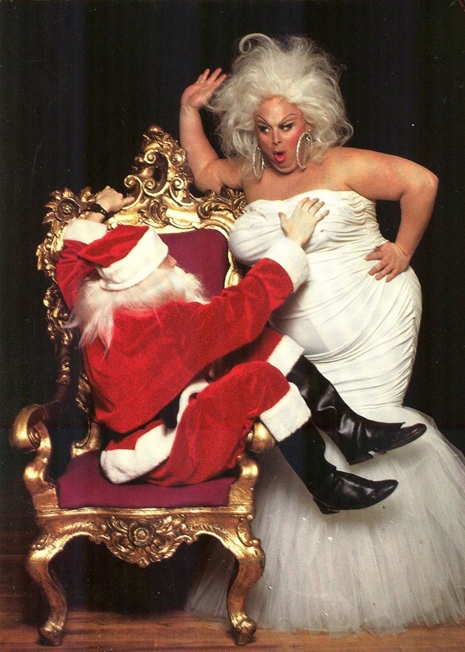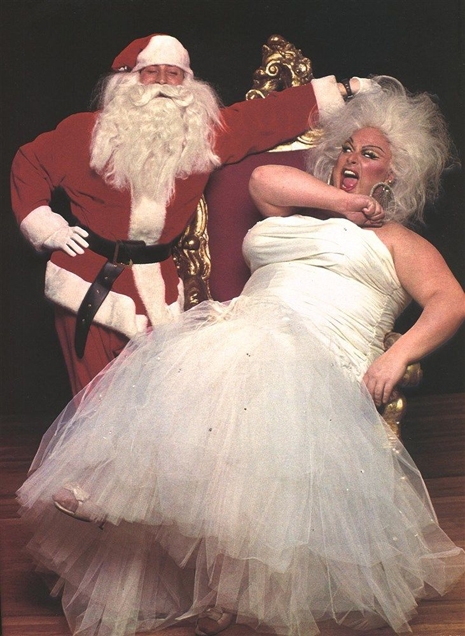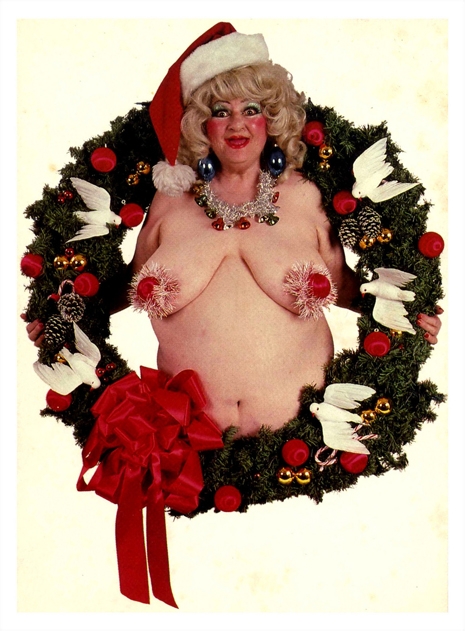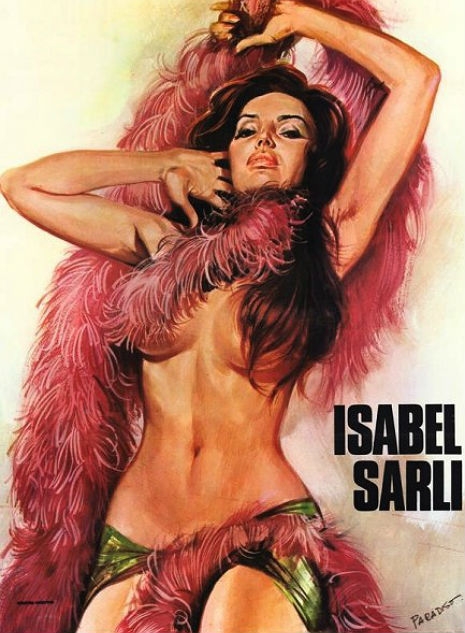
From the Dangerous Minds archives, here’s a sizzling hot cult film to help keep you warm. Highly recommended!
I first heard about Armando Bo’s lusty 1969 Argentinian sexploitation movie Fuego (“Fire”) due to John Waters championing of the film. I’m always interested in seeing something—like Boom!—that John Waters is enthusiastic about and I reckon that quite a few of you feel the same way. If so, then you NEED to watch Fuego and you need to watch it now.
Trust me, it DOES. NOT. DISAPPOINT.
Fuego stars the outrageously hot, extremely well-endowed Isabel Sarli, who has the sort of “brick shithouse” build that Russ Meyer was so very fond of. Fuego and Meyer’s Vixen would actually make a great “ants in her pants” nymphomania double bill, but a more appropriate match-up might be Female Trouble and Fuego, which was obviously a big influence not only on John Waters, but also on Divine. Much of Dawn Davenport—the character’s fashion sense, walk and even her bouffant hairdo—would appear to be closely modeled on Isabel Sarli. Sarli was also an outrageously hammy actress and Divine just took her already over-the-top “undulating” acting style and turned the volume up to 11. If you are not at least curious to see the woman who inspired the divine Divine, why are you even reading this blog???
In Fuego, Sarli plays the sexually insatiable, irresistible Laura and in this role, lemme tell ya, she is perfectly cast. Laura is a completely uninhibited—if not completely unhinged—and naturally this gives Sarli plenty of excuses to doff her duds, which she does constantly and we see her engaged in trysts with both men (any man seems to do, her catchphrase—normally screamed—is “I NEED MEN!!!”) and with her older, lizard-like lesbian maid. A wealthy businessman named Carlos (director Armando Bo, who also wrote the script and the insanely incessant music) sees some girl-on-much-older-girl action on the beach and later attends a party at Laura’s boyfriend’s house. Soon Carlos is seeing Laura, but he has no idea what he’s gotten himself into. She roams the streets flashing her tits and he is constantly catching her in bed with other dudes. This happens a lot.

The first part of Fuego is where most of the naked flesh is shown, whereas the latter half is talkier, more melodramatic and way more NUTS. Laura realizes that her uncontrollable urges are causing her husband grief when he nearly kills an electrician he catches her bonking. They go to a sex expert to discuss what can be done about her “condition” but during the gynecological exam, Laura has a thundering orgasm. The pair travel all the way to New York where Carlos is told by a doctor there that the only thing that can save Laura is… his unwavering love. Well all right then!
I won’t tell you how it ends—hint: FUCKING CRAZY—but when you know in advance that Armando Bo and Isabel Sarli made 27 films together—with her rolling around naked in every single one of them—and that they were famously lovers for years (although he never left his wife for her), you can start to project all sorts of unhealthy psychological things onto Fuego. First off, Bo wrote the script and so he therefore wrote the cuckold role for himself. There’s also the voyeuristic aspect of Bo arranging to see his woman getting her tits out for so many other guys.
There’s a certain “cucky” subtext to Fuego, let’s just say and leave it at that.
Waters calls Fuego: “A hetero film for gay people to marvel at” and truly, it’s a movie that covers all the bases. I’d recommend watching it in a group. It’s enjoyable no matter what, but like most “so bad that it’s good” movies, experiencing it for the first time with a bunch of other people is the way to go. If you just saw Fuego cold, with no background information about it, it might take a while to figure out how you are supposed to react to it.
Armando Bo died in 1981 and Sarli stopped making films. She became a cult figure with a devoted following. Sarli was feted at Lincoln Center in 2010 and profiled in TIME magazine. In April 2018, John Waters presented Fuego in Argentina and got to meet Sarli. She died in 2019 at the age of 89.

In the clip below from his John Waters Presents Movies That Will Corrupt You show, the Fellini of Baltimore waxes poetic about one of his favorite films, and candidly admits that he “stole” a lot of stuff from Fuego:







